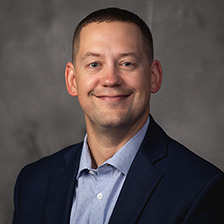Next-level research capabilities
Since its inception in 2014, the Jetstream system has given thousands of U.S. researchers access to a powerful cloud-based environment—all from a laptop or iPad—allowing them to explore and understand immense amounts of data. The opportunities for research using Jetstream2 are limitless.





